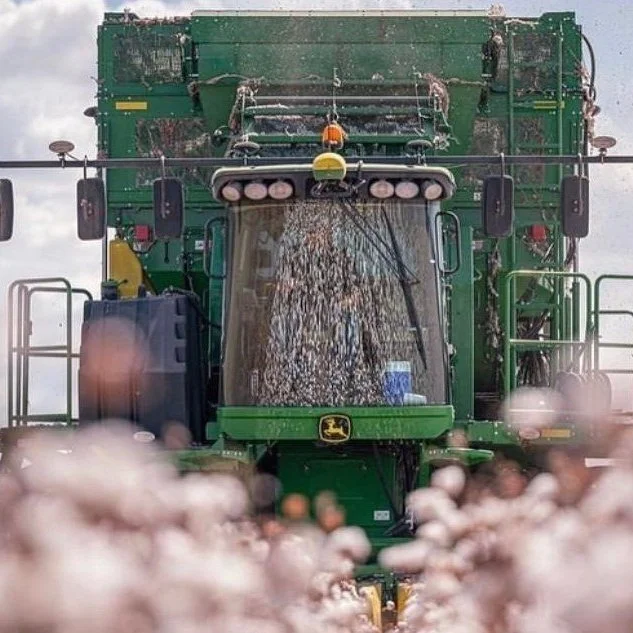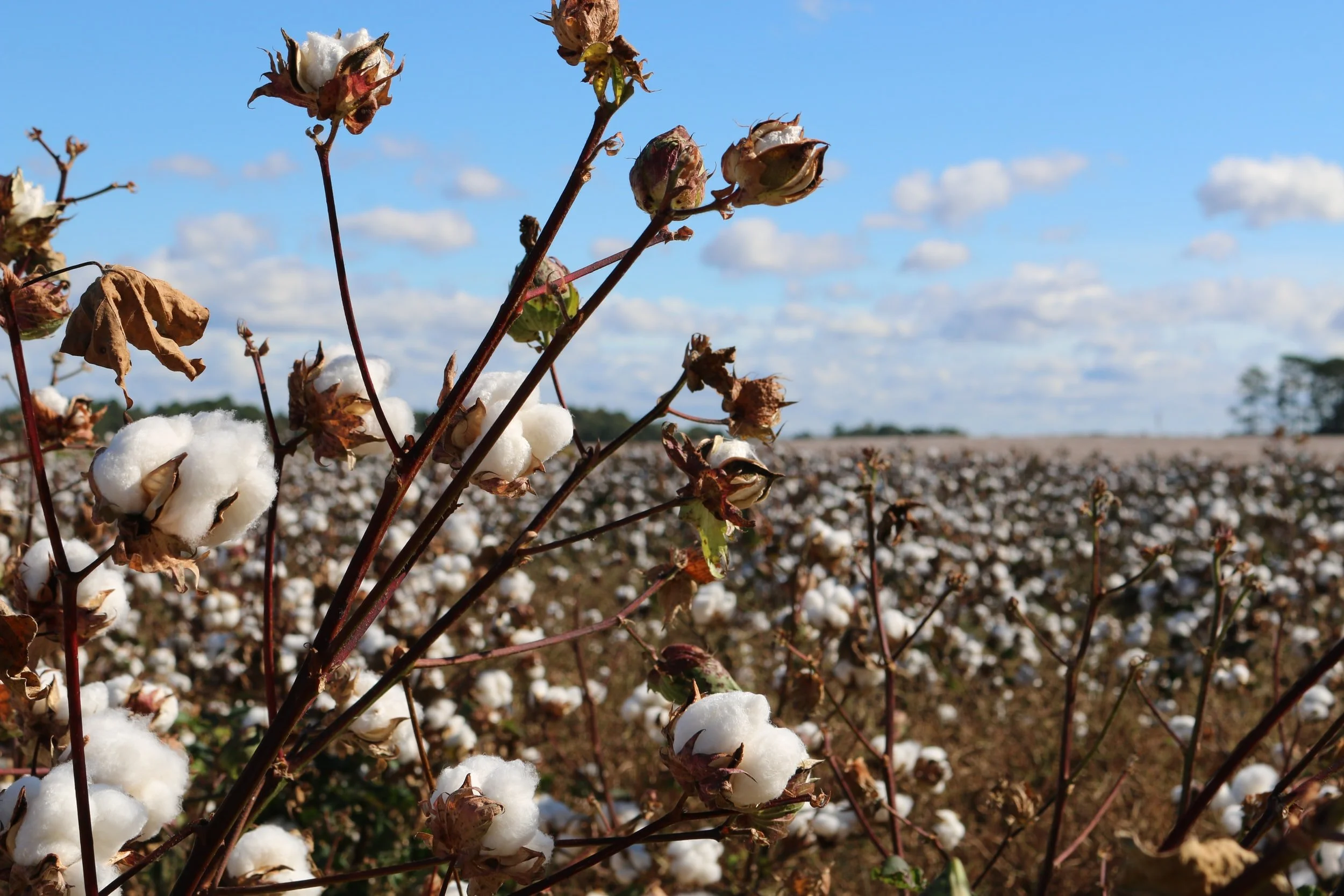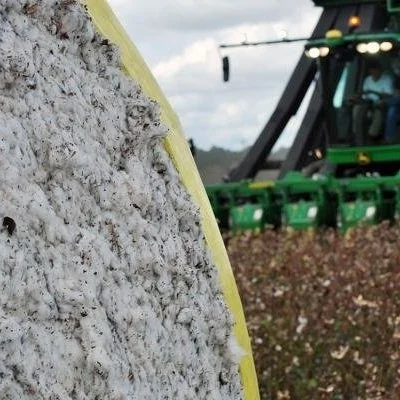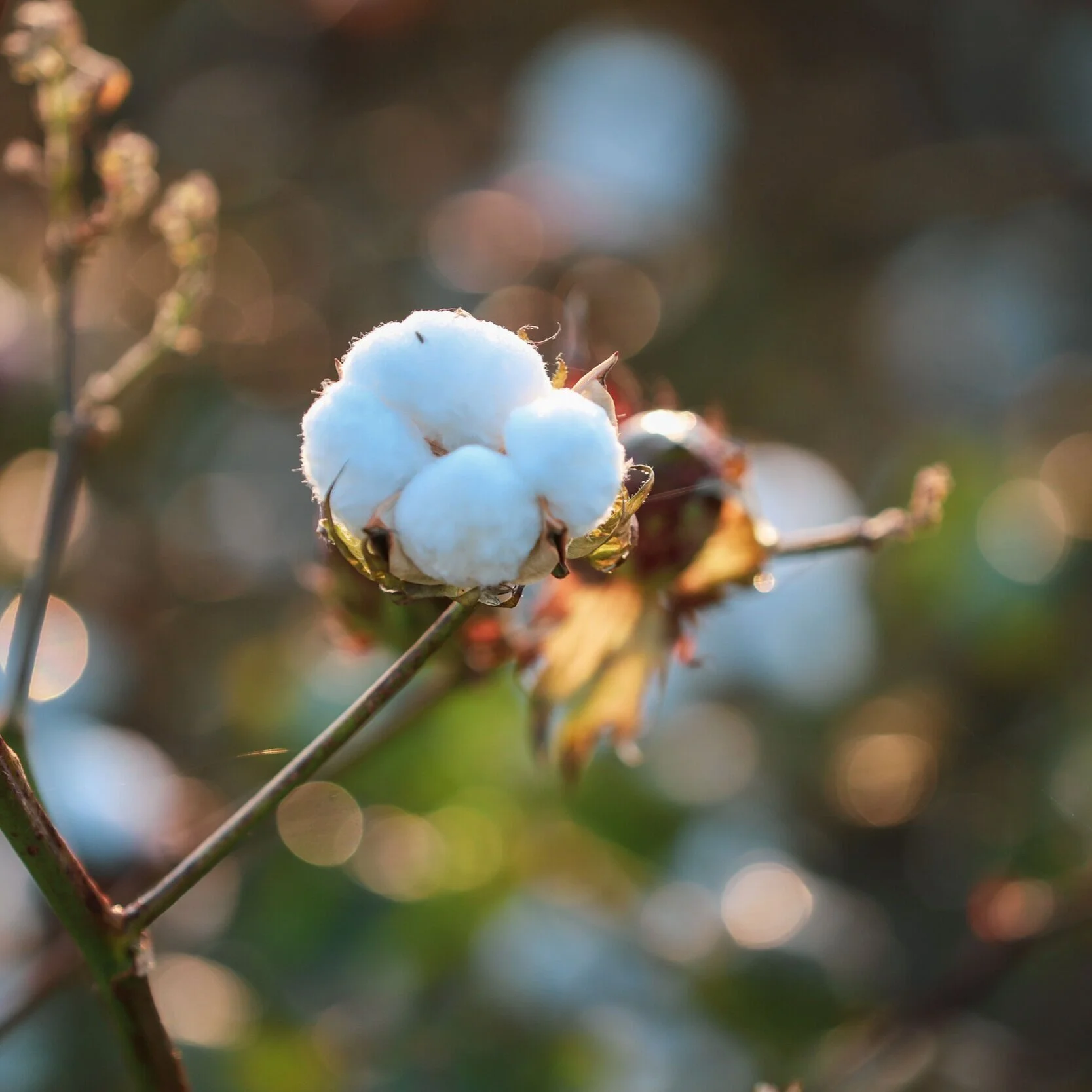Someone strapped a big blue ribbon to a boll weevil trap, maybe to celebrate the Boll Weevil Eradication Program, but more likely someone saw the boll weevil trap as a good spot to proclaim the birth of a healthy baby boy. Either way, it was creative.
Read MoreFarmers are a pickin’ and a grinnin’ this cotton harvest with the prospect of strong yields and record-high prices.
2021 will be a memorable year for most cotton producers pertaining to profit and productivity potential despite a challenging growing season for many. Commodity analysts say growing cotton in 2022 will likely be financially rewarding, as well, though rising input costs could minimize earning power
Read MoreAs the month of October fades and November commences, traders are beginning to think about December’s deliveries. Spot December’s FND falls on Nov. 24, and currently there seems to be about 26,000 bales of stocks. With the 2021 crop so late and strong demand, it would appear there could be a further ramping up of price. Thus, the Dec/March spread has widened to some 300 December over.
Read MoreThere was a lot of movement in the market last week, only to end up right back where it started. After a week of ups and downs, the December contract settled at 108.26 on Friday while March 22 closed at 106.19, up two cents from its previous close but well within its 104- 113 cent trading range.
Read MoreChina, Volatility, On-Call Sales, Shipping Backlog, and Late Harvest remain the buzz in the cotton market. Contrary to the opinion of a few traders, and speaking to the total of the textile mill sector, the cotton market is neither tanking nor headed anywhere but up. The market is consolidating its price activity within the five-cent range around 108 cents.
Read MoreLouisiana cotton farmers are past the halfway point of harvest. Despite less-than ideal growing conditions, yields have been better than expected. LSU Ag Center's Craig Gautreaux has a progress report.
Read MoreYield maps are considered as a year-end report card for a farm that shows us what worked and where. Most consultants and growers utilize cotton yield maps at the end of the year to evaluate field performance and how certain management practices may be adjusted in the next season to maximize productivity across the whole field.
Quality of yield data is important to make sound and informed crop management decisions. Errors in yield data can occur at various stages of cotton harvest.
Read MoreFrank Appleberry has a list of things to apply each spring to his crop fields in Tillar, Arkansas: preplant fertilizer, preemergence herbicides and oh, don’t forget the liquid blend of pulverized caterpillars, teeming with live viruses.
It sounds unconventional, but for a growing number of American farmers, this type of bioinsecticide is proving a regular and reliable tool to control Helicoverpa zea, the multi-crop pest known as soybean podworm, sorghum headworm, corn earworm and cotton bollworm.
Read MoreThe Louisiana Cotton Festival is back for the first time since the start of the pandemic.
The fun kicks off Wednesday, October 20 at 5:00 p.m. when the fairgrounds open.
Read MoreIndia’s 2021/22 consumption is forecast at a record 25.5 million bales and exports are projected at the second-highest level in 8 years at 5.8 million. This level of total use is forecast to lower ending stocks to 12.4 million bales, down nearly 4.0 million compared with the record level 2 years prior.
A robust recovery from the COVID-19 pandemic and stronger domestic consumption and exports of cotton yarn, fabric, and products are projected to support a significant downfall in stocks.
Read MoreWith crops, farmers will adapt — they always have and always will. To help this adaptation, however, a Texas A&M AgriLife research project has used artificial intelligence modeling to determine what traits cultivars will need to be successful under changing climate conditions.
The project’s other goal was to help extend the life of the Ogallala Aquifer. Safeguarding the aquifer will require understanding how crops adapt to future cropping practices, especially since climate change predictions indicate summers will be warmer and dryer in the future.
Read MoreThe cotton market had a wild session Friday, moving from limit-up bid to lower, and then slightly higher at the close. After a night of potential strong Chinese buying, ICE Futures were limit up, however, traders became disappointed with USDA’s weekly export-sales data.
Those numbers show sharply lower sales and starkly lower shipments. Thus, profit taking emerged, sending prices down. However, given that the trend remains undeniably up, the market did regroup to finish higher.
Read MoreSeven students were selected from 17 qualified applicants for the 3rd annual AMVAC Cotton Industry Advancement Scholarship. Each scholarship recipient received $2,000.
“Every year, it’s amazing to see the skill, knowledge and passion these students have for the cotton industry, and it’s an honor to support young leaders as they pursue their dream careers,” said Paul Vaculin, cotton marketing manager at AMVAC.
Read MoreThe explosion in cotton prices continued this week as U.S. and offshore funds poured bags of cash into both the New York Cotton Exchange and the Chinese ZCE. The climb to the top continues, wherever that is. The price objective of $1.25 to $1.35 is still in the realm of possibility, although I am a bit dazed by the limit up to limit up trading.
Read MoreBoth traditional and organic producers are increasing their use of cover crops for a variety of reasons — to control erosion, choke out weeds, improve soil health and enhance water availability. Now research by University of Georgia scientists is examining which cover crops may also provide important habitat for predatory insects that could help control disease- and damage-causing pests in cotton.
Read More














